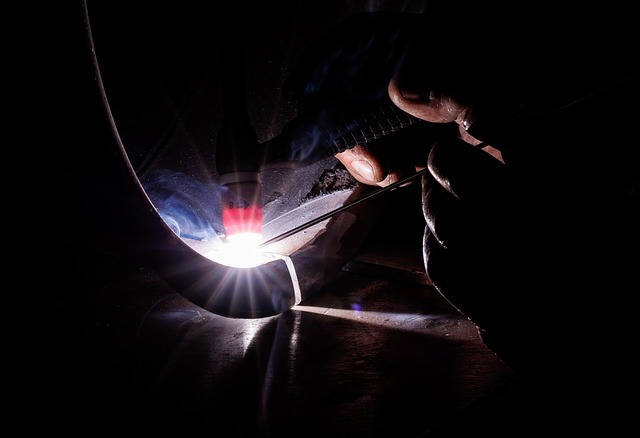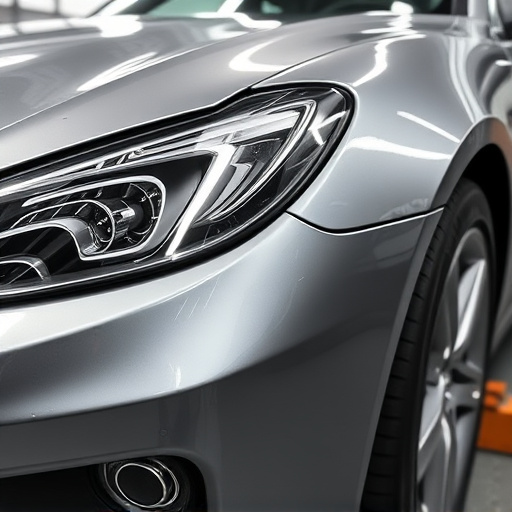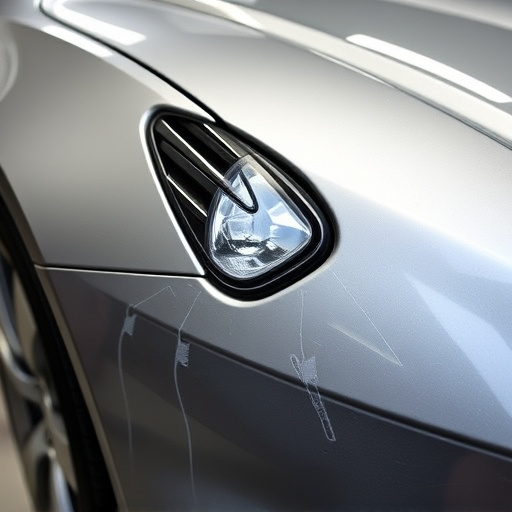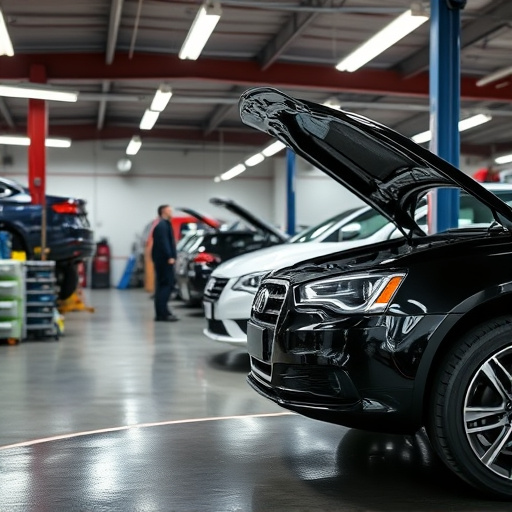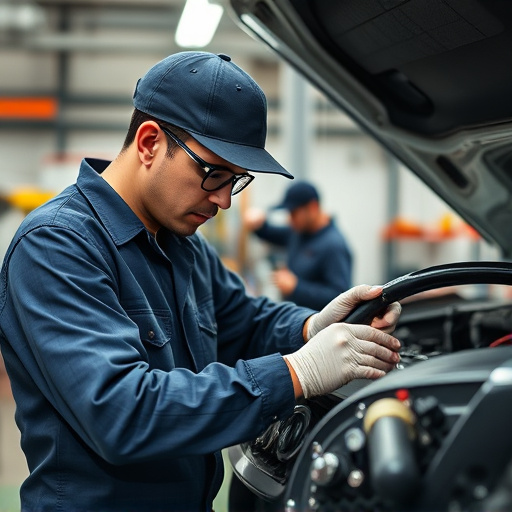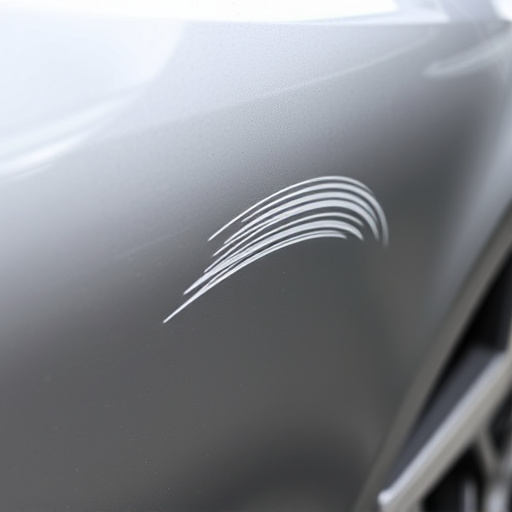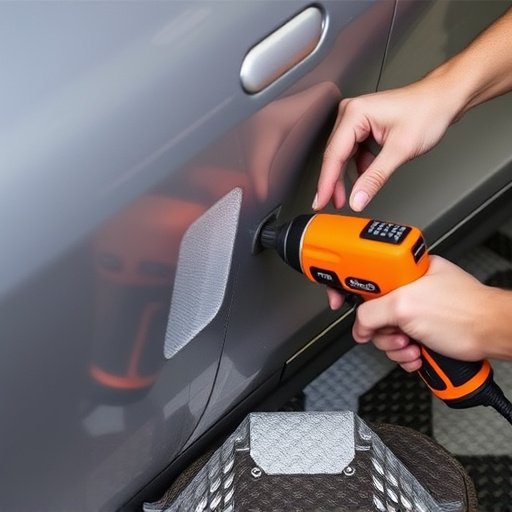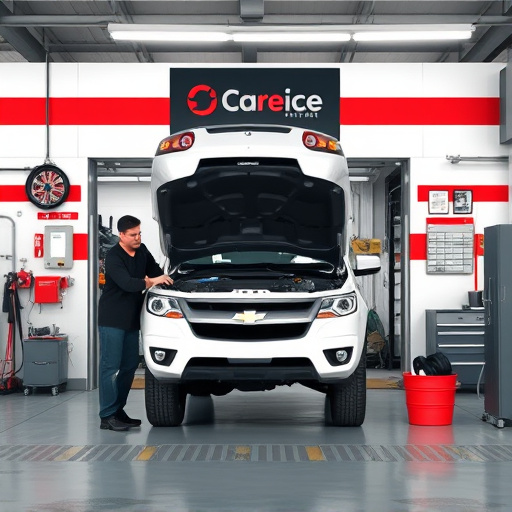Stricter environmental regulations prompt a shift to eco-friendly anti-corrosion materials in industries like automotive repair. Traditional toxic chemicals are replaced by innovative solutions, extending vehicle lifespans and minimizing ecological impact. This green transformation prioritizes sustainability from manufacturing to disposal, with advanced coatings and composite materials leading the way, significantly reducing corrosion's harm to nature. Specialized anti-corrosion materials now offer superior protection for structures, reducing waste, emissions, and preserving resources in industries like auto painting and collision repair.
In an era driven by environmental consciousness, the demand for anti-corrosion materials that adhere to stringent regulations is higher than ever. This article delves into the sustainable solutions transforming industries, exploring innovative anti-corrosion technologies while navigating strict environmental standards. From identifying challenges in material selection to highlighting groundbreaking innovations, we uncover how these advancements mitigate corrosion’s impact on our ecosystems. Join us as we dissect the trends shaping a greener future for anti-corrosion materials.
- Exploring Anti-Corrosion Solutions for Environmental Sustainability
- Strict Regulations: Challenges and Opportunities in Material Selection
- Innovative Materials Reducing Corrosion's Impact on Nature
Exploring Anti-Corrosion Solutions for Environmental Sustainability
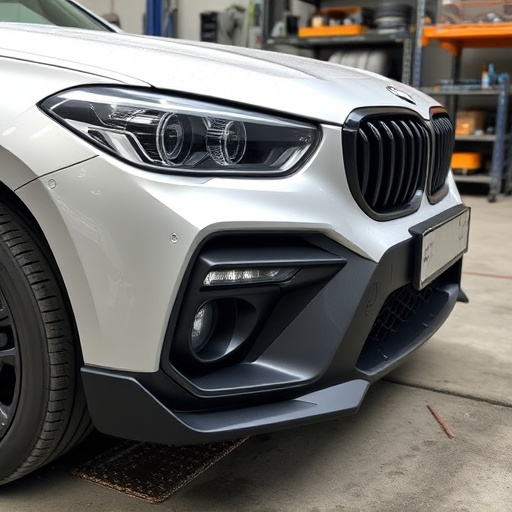
In today’s world, where environmental sustainability is a paramount concern, exploring anti-corrosion solutions that align with strict regulations has become imperative. Traditional methods often rely on toxic chemicals or materials that can have detrimental effects on both the environment and human health. As such, there’s a growing need for eco-friendly alternatives in industries like automotive repair and maintenance. For instance, fender repair shops are now turning to innovative anti-corrosion treatments that not only extend the lifespan of vehicles but do so without compromising the integrity of the ecosystem.
This shift towards green technologies offers a promising future for various sectors, including car paint services and car damage repair. By adopting advanced anti-corrosion materials, these industries can reduce their carbon footprint while ensuring the longevity of products. Moreover, this environmental consciousness is not just about compliance; it’s about fostering a culture where sustainability is at the core of every decision, from manufacturing to end-of-life recycling or disposal.
Strict Regulations: Challenges and Opportunities in Material Selection
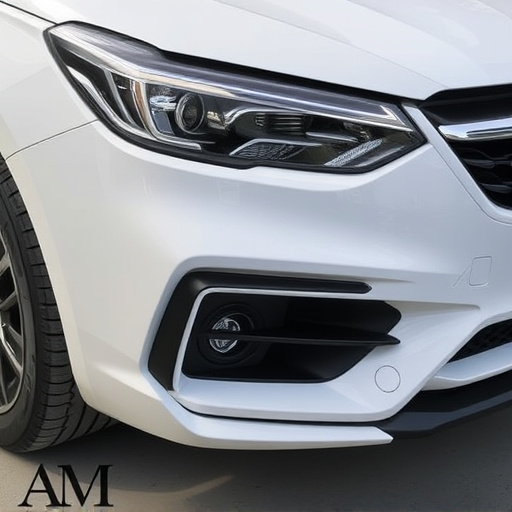
In recent years, the automotive industry has faced stringent environmental regulations, pushing manufacturers to explore more sustainable and eco-friendly anti-corrosion materials. These regulations present both challenges and opportunities for innovation in material selection. The strict norms mandate reduced emissions, safer disposal practices, and the adoption of recyclable or biodegradable components. As a result, traditional metal surfaces and their protective coatings are undergoing a significant evolution.
The challenge lies in finding durable anti-corrosion solutions that meet these new standards while ensuring the longevity of vehicles. For instance, in car body repair and hail damage repair processes, the focus has shifted towards materials that minimize environmental impact without compromising structural integrity. This has led to an increased demand for advanced coatings, composite materials, and innovative technologies that offer long-lasting protection against corrosion, ultimately contributing to a greener automotive sector.
Innovative Materials Reducing Corrosion's Impact on Nature
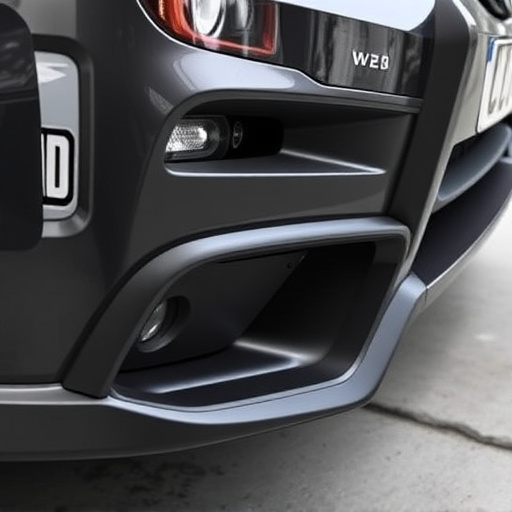
In the quest to minimize environmental degradation, innovative anti-corrosion materials are at the forefront of this green revolution. These cutting-edge solutions offer a sustainable approach to mitigating corrosion’s detrimental effects on nature. By utilizing advanced technologies and eco-friendly compounds, manufacturers have developed high-performance materials that can withstand harsh outdoor conditions without compromising aesthetics or durability. This shift towards environmentally friendly anti-corrosion options is particularly significant in industries such as auto painting and collision repair services, where traditional methods often relied heavily on toxic chemicals.
One notable advancement is the integration of specialized coatings and finishes that not only protect metal surfaces but also ensure their longevity. These modern solutions can be applied to various structures, from automotive bodies to infrastructure, reducing the need for frequent fender repair or replacement. With their superior protective properties, these innovative materials contribute to a greener landscape by minimizing waste, lowering emissions, and preserving natural resources. This is especially crucial in the aftermath of accidents or during maintenance routines where corrosion-resistant treatments play a vital role in cost-effective collision repair services.
In light of the above discussions, it’s clear that exploring eco-friendly anti-corrosion materials is not just a trend but a necessity. Strict environmental regulations present both challenges and opportunities for industries to adopt sustainable solutions. The innovative materials highlighted in this article demonstrate that reducing corrosion’s impact on nature is feasible while meeting stringent standards. By embracing these advanced anti-corrosion technologies, we can contribute to a greener future, ensuring the longevity of our infrastructure without compromising environmental integrity.



